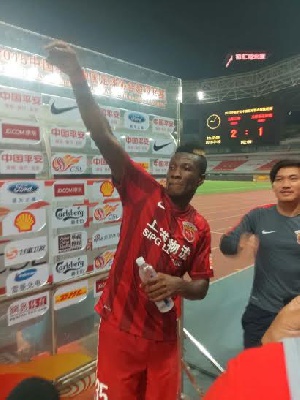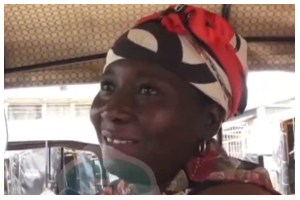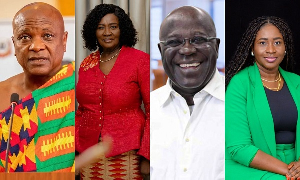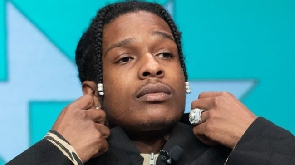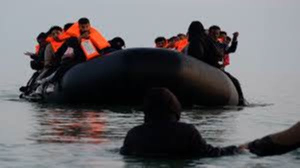When a little known club just promoted to the top tier of Chinese football is buying a regular starter from a club placed fifth in Serie A then you know that times are changing. But Gervinho aside there is a hitherto unremarkable mid-table club chasing Zlatan Ibrahimovic and paying Chelsea over $30m for Ramires and a second division team paying $11m for a young Chinese player. China is set to become the biggest non-European league in the world in the not-too-distant future, overtaking the likes of the MLS, Mexico and any other you may care to mention.
The really big names that can be tempted to leave Europe often go to MLS – Beckham, Lampard, Henry, Gerrard, Kaka and Pirlo – but China is increasingly able to pay big money (often too big at the moment but that is due to necessity more than naivety) for players that are not quite so stellar but are usually much closer to their prime. Guangzhou have Ricardo Goulart, still only 24 and regarded as one of the top Brazilian prospects a year ago when he left Cruzerio, while Beijing Guoan has Renato Augusto one of four players from Brazilian champions Corinthians to make a recent move to China. East Asia is still a relative culture shock for players based in South America or Europe than North America but a growing number of Chinese clubs can offer huge salaries with Renato Augusto more than quadrupling his. The US transfer system can be complex with plenty of rules and regulations. In China, it’s naked capitalism. There’s lots of money and lots of people happy to see that cash buying players from overseas.
In terms of attendances, MLS and China are similar but perhaps not for long. The 2016 Super League season, set to kick off in March, is the most eagerly-awaited yet. Last year saw an average attendance of just over 22,000, less than two hundred behind Italy and France. A high-ranking league official told the Guardian that this season will see the 25,000 barrier broken and predicts that by 2018, the Chinese Super League will be the third most-watched football league in terms of average attendance in the world behind the Bundesliga and the English Premier League. There’s money, the political will, the infrastructure, the passion, the ambition and plenty of potential. Talk in Europe of whether the spending is sustainable is misguided. This is just one of many examples of the world’s second largest economy flexing its financial muscles.
It is already having an effect at home. In 2015 Chinese broadcasters paid just $9m to show local league games. In 2016 it will be over $200m as part of a $1.25bn package over the next five seasons.
Guangzhou Evergrande has become the prime mover in China after being taken over by a huge property developer. Five Chinese titles, two Asian Champions Leagues and two World Cup winning coaches later, the Cantonese giant wants to win the Fifa Club World Cup. With Robinho, Paulinho, Goulart, Luiz Felipe Scolari, much of the Chinese national team and an average attendance of over 45,000, it is already Asia’s premier club.
Shanghai SIPG was runner-up in 2015 but Sven Goran Eriksson lost out once again to Scolari. The Swede has been spending big, paying around $50m for Ghanaian goal-king Asamoah Gyan and Brazilian striker Elkeson. The club still wants Robin van Persie or Wayne Rooney. Shanghai Shenhua has Demba Ba, Fredy Guarin and Tim Cahill. Beijing Guoan risks getting left behind but still had 42,000 applications for 27,000 season tickets earlier this month.
Beijing has Serie A winning coach Alberto Zaccheroni in the hotseat and, as well as Scolari and Sven at Evergrande and SIPG, there’s ex-Brazil boss Mano Menezes at Shandong Luneng and Dragan Stojkovic, not long ago tipped to be Arsene Wenger’s Arsenal successor, with Guangzhou R&F. Whatever the past failings of the Chinese system, the country’s best players are increasingly being coached by well-regarded international names.
The spending has been encouraged by a government headed by big soccer fan Xi Jinping. The president was tired of the world’s most populous country continually failing at the world’s most popular game. Wealthy businessmen get involved, in part, to curry favor and craft links with the politicians and even perhaps, to make money. Guangzhou may have spent over $150m on players and coaches since 2010 but Evergrande, who bought the club for $16m, sold 50% of it for $190m to internet giant Alibaba – just four years later.
There is still, of course, much work to be done to improve the standard of local players. As well as in terms of men’s national teams, China lags behind the United States in a big way when it comes to participation. Soccer may be the most played sport among American youth but kids rarely play the game in the Middle Kingdom often due to a lack of places to play or the preference of parents to have their (usually only) offspring aim for a “real” job rather than professional football.
The government has launched a scheme to get kids playing football at school and the target in 2017 is to have 20,000 schools playing the sport on a weekly basis. This is set to be expanded in a big way. Guangzhou has built what is purported to be the biggest soccer academy in the world (helped by Real Madrid) and the fact that there is more money coming into the game – such as from the new television deal and increasing corporate interest – should feed through to local players further down the chain, making professional football an increasingly attractive option a decade from now. By that time, the league should be thriving.
Producing more local talent would mean that the league would be less reliant on foreign stars, though the money is likely to be there regardless of any wider economic problems. It is debatable as to which league is the best outside Europe but whichever it is, China is catching fast. That may not matter much to fans in North America but is another sign that the balance of power is moving east along with Gervinho, Ramires and who knows who else?
Sports Features of Sunday, 7 February 2016
Source: footballmadeinghana.com

